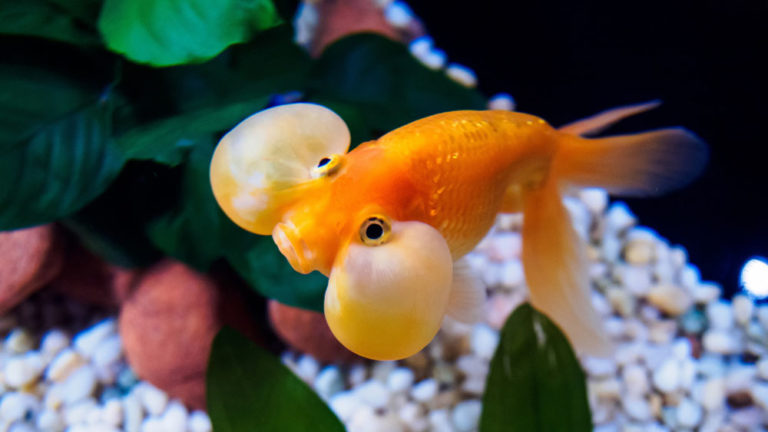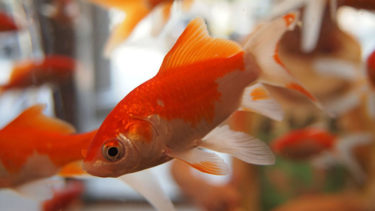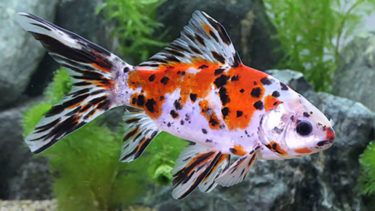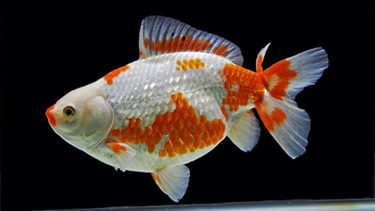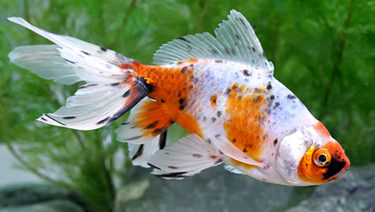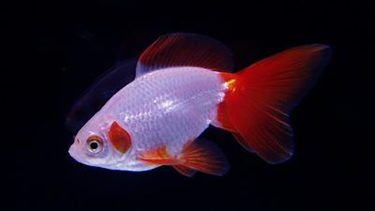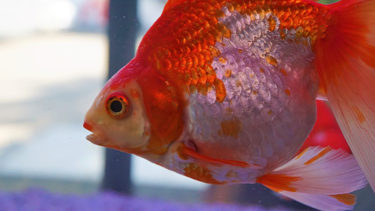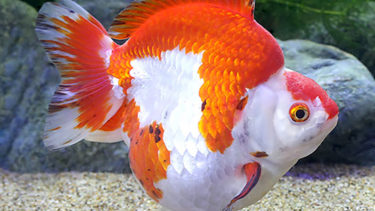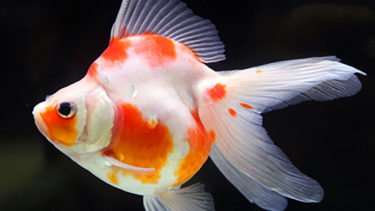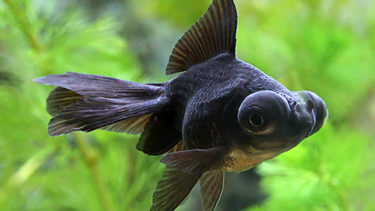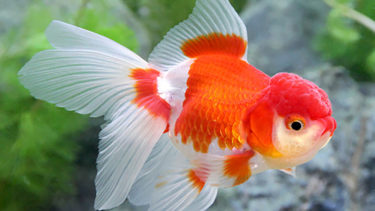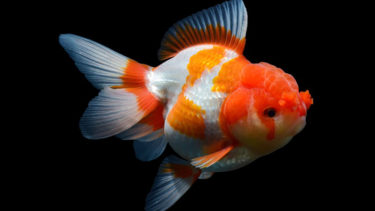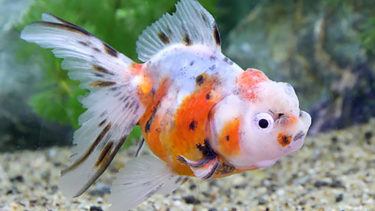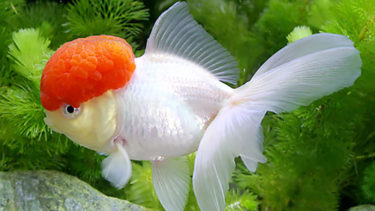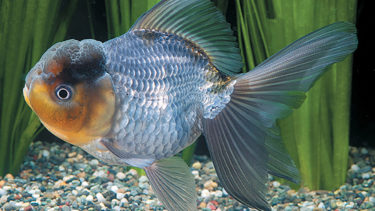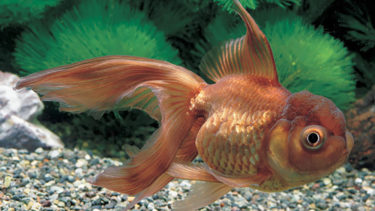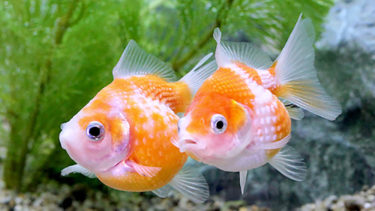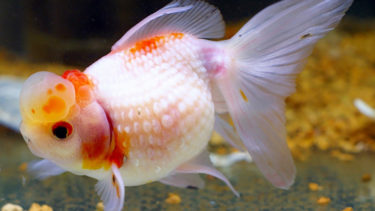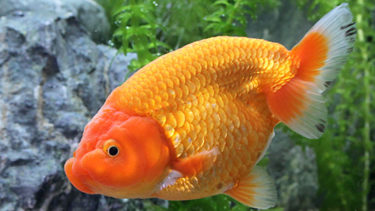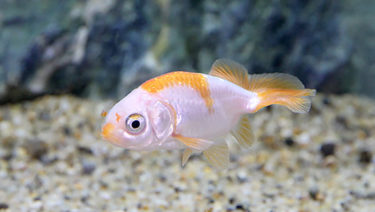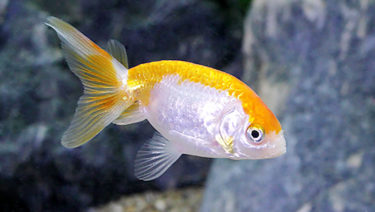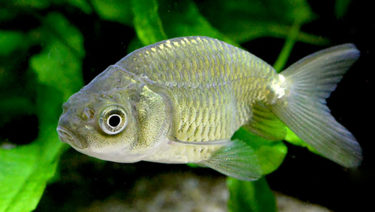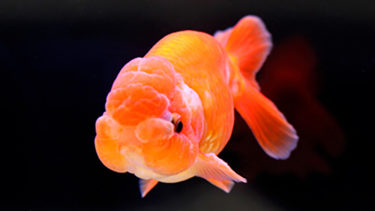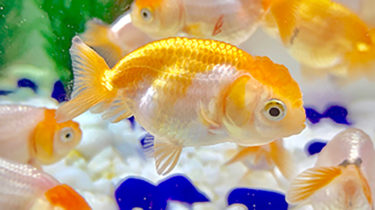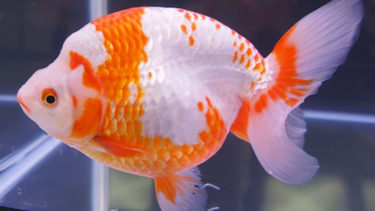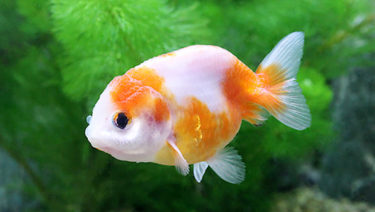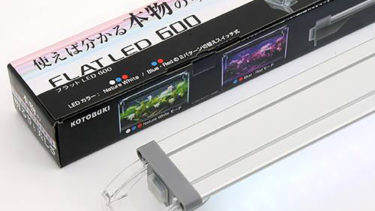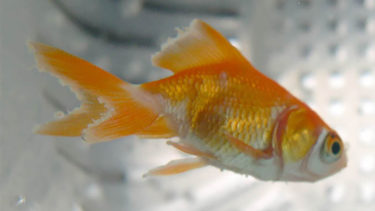Many people think that goldfish are the goldfish that you see at fairs and festivals in the summer. And it is no exaggeration to say that each type of goldfish has its own unique characteristics, and that is the best part of the goldfish experience.
- 1 How to separate goldfish
- 2 Wakin
- 3 Shubunkin
- 4 comet
- 5 Bullion
- 6 Ryukin
- 7 calico mushroom
- 8 Tosakin
- 9 Demekin
- 10 Wolan lion's head (Holland lion's head)
- 11 Azumanishiki
- 12 Japanese crane (Grus japonensis)
- 13 Blue-spotted char (Salvelinus leucomaenis)
- 14 Chakin
- 15 Pearl scale
- 16 Ranchu
- 17 Nanjing
- 18 Edo Nishiki
- 19 Sakura Nishiki
- 20 Apex Eye Drops
- 21 Water bubble eyes
How to separate goldfish
WAGANE Mold
Wagane molds are,Compared to other groups, they have characteristics closer to their ancestors such as crucian carp and carp. For example, one characteristic is their slender bodies and fast pace of growth.Goldfish belonging to the Japanese goldfish type are the following species
Ryukyu mold
Ryukan molds are,Many species are more distinctive in their tail fins than other groups.And the Ryukin-type goldfish has the characteristics of the most familiar goldfish to the Japanese. Goldfish belonging to the Ryukin-type are the following species
Dutch type
The Holland mold inherits the characteristics of the Ryukyu mold and more,It is characterized by the appearance of bumpy bumps around the head, known as granulations.Compared to other groups, many species have distinctive body colors and other characteristics. Goldfish belonging to the Dutch type are the following species.
Azuma Nishiki
Japanese crane (Grus japonensis)
Blue-spotted char (Salvelinus leucomaenis)
Chakin
Pearl scale
Ranchu type
Ranchu type first compared to other groups,The lack of a dorsal fin is its most distinctive feature.And it is also a group with many interesting-looking species. Goldfish belonging to the Ranchu type are the following species.
Wakin
What is WAKIN?

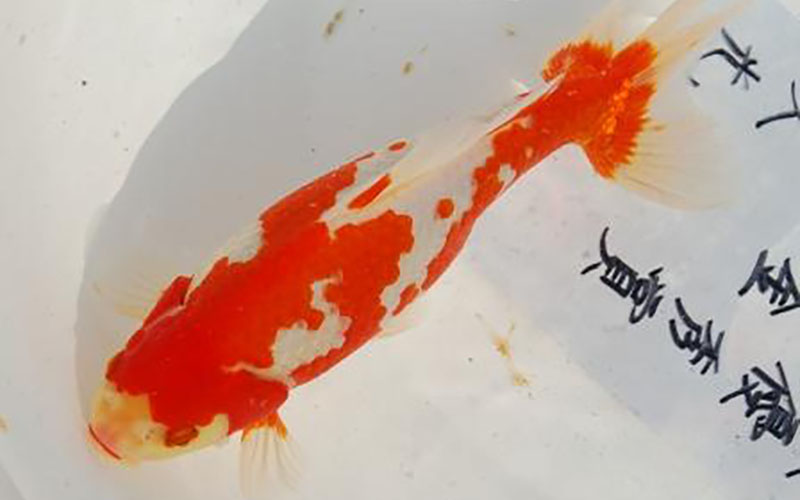
Wagane is one of the best known goldfish. It is oftenGoldfish swimming in goldfish scooping and other activities are often Japanese goldfish.The Wagane is one of the oldest species of goldfish in the history of goldfish. It originated in China, but has been bred and raised in Japan since the earliest times. Among goldfish, they are relatively easy to buy even for beginners, and they are also easy to keep. If kept carefully, they can live for more than 10 years. Individuals can grow to be as large as 30 cm in length.
Wagane is one of the most well-known goldfish. It looks like a crucian carp, but many people do not know how to keep it. In this article, I would like to explain in detail the characteristics of Wagane and how to keep it. What is Wagane? Wagane [...].
Shubunkin
What is Shubunkin?

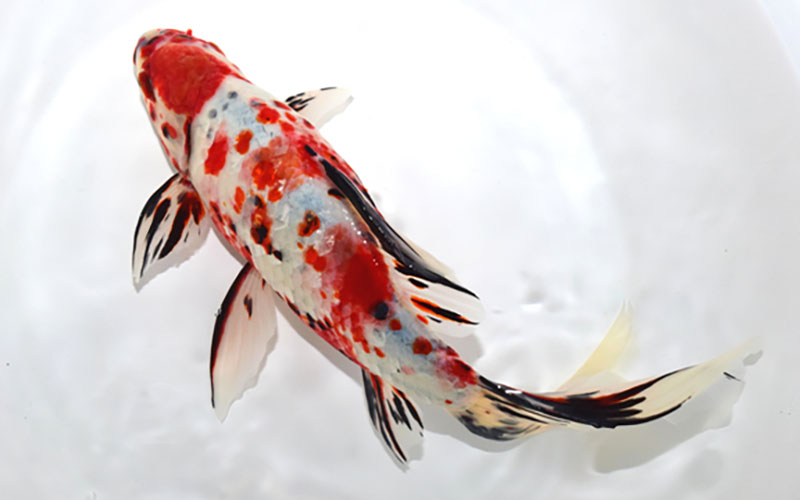
Zhuwen gold is,This calico variety was bred in Japan during the Meiji period (1868-1912) by crossbreeding the Sanshoku Demekin and the Wagane.It is characterized by a longer tail fin and calico pattern than the Japanese goldfish. Like the Wagane, the Shubunkin is also easy to buy and keep even for beginners. Individuals are about 30 cm in length, as is the case with the Wagane.
The Shubunkin is one of the Japanese goldfish of the Japanese goldfish type. It is a goldfish with a distinctive body pattern and smart appearance. There are a few people who are not quite sure how to keep and enjoy the Shubunkin. In this article, we would like to explain in detail the characteristics of the Shumonkin and how to keep it. What is the Shumonkin? Shumon [...].
The Bristol Shubunkin is a goldfish imported from England. Relatively few people know the differences between the Bristol Shubunkin and the Bristol Shubunkin and how to keep them. In this article, I would like to explain in detail the characteristics of the Bristol Shumonkin and how to keep it. What is the Bristol Shubunkin [...].
comet
What is Comet?
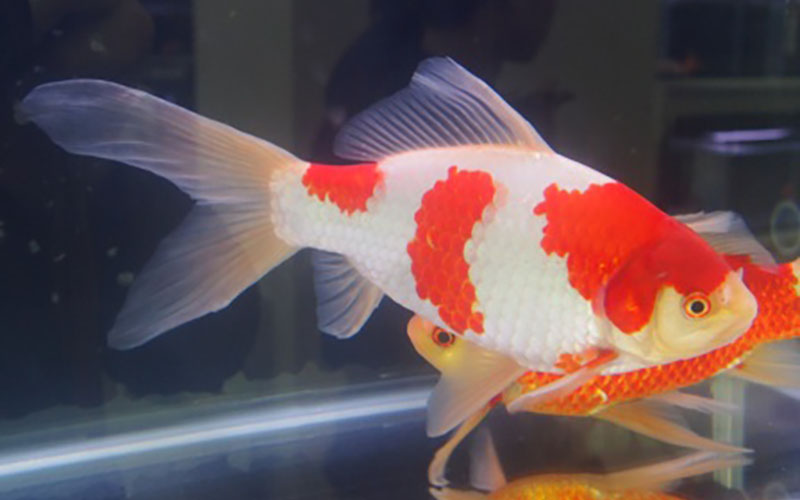

Comet is,It is said to have been created by the crossbreeding of crucian carp and Ryukyu goldfish that came to the United States.Its body shape is not much different from that of the Wagane and Shubunkin, but its fins are very large, especially the caudal fin, and one third of its body may be occupied by the caudal fin of a long fish. Like the Wagane and Shubunkin, the comet is also easy to buy and keep even for beginners. Individuals may grow to be as large as 30 to 50 centimeters in length.
The comet is a goldfish imported from the United States. The comet is a very beautiful goldfish with a slender, elongated head to the tip of its tail fin. In this article, we would like to explain in detail the characteristics of the Comet and how to keep it. What is the comet? The comet is a Japanese [...]
Bullion
What is Bullion?

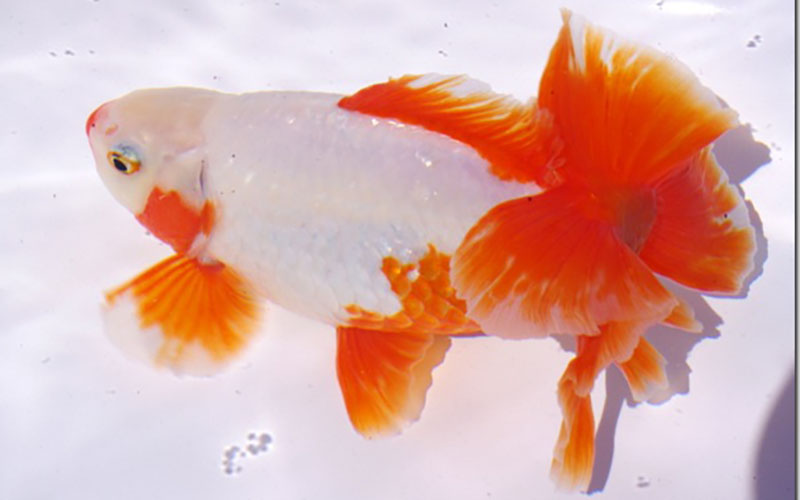
Bullion is,It is a fixed mutation of Wagane and has long been bred in the area around Nagoya.Its body shape is similar to that of the Japanese goldfish, but it has a unique tail fin called a "peaked tail. The major difference between this species and the Wagane is that it is difficult to keep, and since it is designated as a natural treasure by Aichi Prefecture, it is very difficult to obtain.
The jikin is a goldfish that has long been bred and preserved mainly in Nagoya and other areas. And it is a rare goldfish with features not found in other goldfish, such as a peacock tail and six scales. In this article, I would like to explain in detail the characteristics of the jikin and how to keep it. What is a jikin? Jikin is a name [...].
Aurora will be a Japanese goldfish of the Japanese goldfish type that was created as a result of crossbreeding the Edo jikin, which was created by crossbreeding jikin and toshiki, with shubunkin to make it more beautiful. In this article, I would like to explain in detail the characteristics of Aurora and how to keep it. What is Aurora Aurora and [...].
The Tokai Nishiki is a goldfish with a butterfly tail and a body color that inherits the six-scale pattern of the Jikkin. It is a very beautiful goldfish that combines the characteristics of both the jikin and the butterfly tail. In this article, I would like to explain in detail the characteristics of the Tokai Nishiki and how to keep it. What is the Tokai Nishiki?
Ryukin
What is Ryukin?
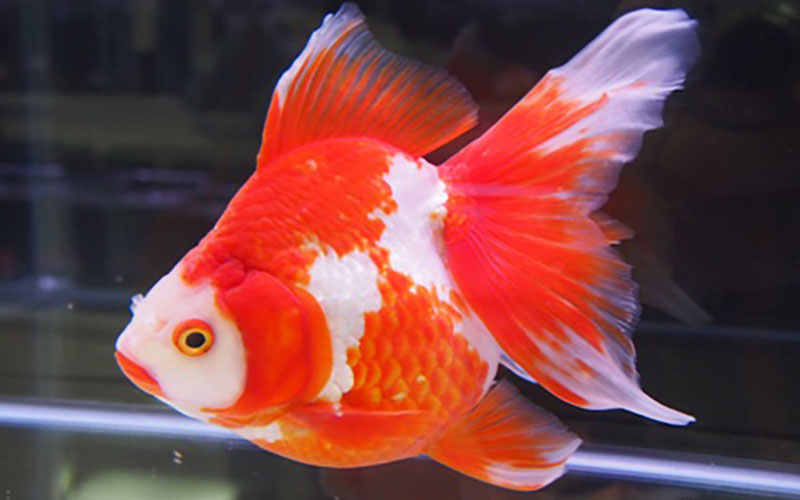
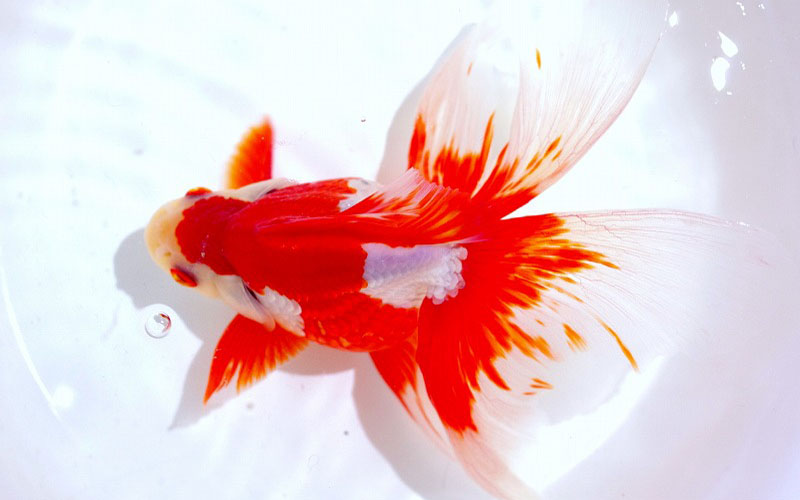
Ryukin is one of the goldfish that are familiar to Japanese people along with Wagane.It is believed to have originated in China and entered Japan via Ryukyu (Okinawa), where it was given the name Ryukin.The body shape is almost spherical when viewed from the side, with a broadly curved back and a rounded, swollen abdomen. The tail fins are long, especially the three-tailed and four-tailed varieties, which are especially elegant and popular. Breeding is not very difficult, and they are easy to obtain.
The Ryukin is a goldfish with a distinctive tail fin that came to Japan from China. It is one of the first goldfish we imagine when we think of goldfish in Japan. In this article, we would like to explain in detail the characteristics of Ryukin and how to keep them. What is RyukinThe Ryukin originated in China as a variant of the Japanese goldfish [...]
The short-tailed Ryukin is a goldfish with a shorter tail fin than the normal Ryukin. It is one of the goldfish that became popular in China in recent years and entered Japan. In this article, we would like to explain in detail the characteristics of the short-tailed Ryukin and how to keep them. What is a short-tailed Ryukin [...].
The Sakura Ryukin is a goldfish with red and white transparent scales and has the characteristics of cherry blossom coloration in terms of goldfish body color. Unlike goldfish with normal scales, it has a unique appearance. In this article, we would like to explain in detail the characteristics of the Sakura Ryukin and how to keep it. What is the Sakura Ryukin? The Sakura Ryukin has red and white transparent scales [...].
calico mushroom
What is Calico Ryukin?

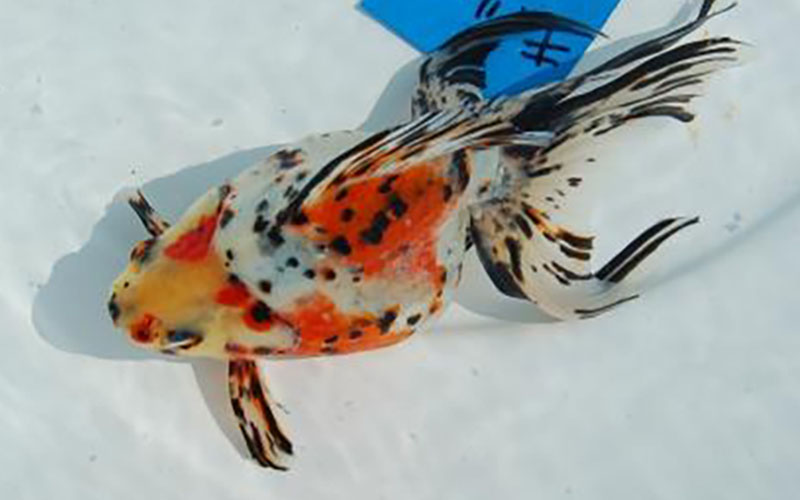
Calico Ryukin is,It was created in Japan through the crossbreeding of Sanshoku Damegane and Ryukin.Its body shape and fins are similar to those of the Ryukin, but it is characterized by its red, white, and black body colors. It is easy to keep them because they are not so different from Ryukin. They are also easy to obtain.
The Calico ryukin is a tri-colored goldfish with a Ryukin body shape. It is a well-known goldfish derived from Ryukin. In this article, we would like to explain in detail the characteristics of the Calico ryukin and how to keep it. What is Calico ryukin Calico ryukin is a tri-colored goldfish derived from Ryukin [...].
Tosakin
What is Tosakin?
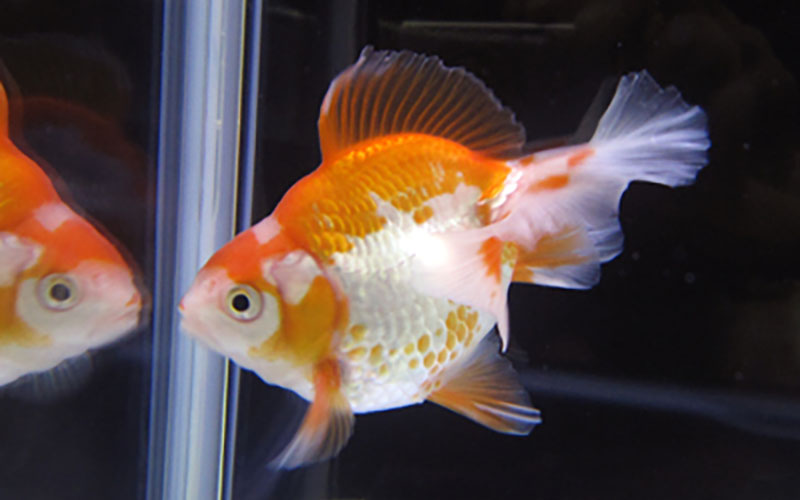
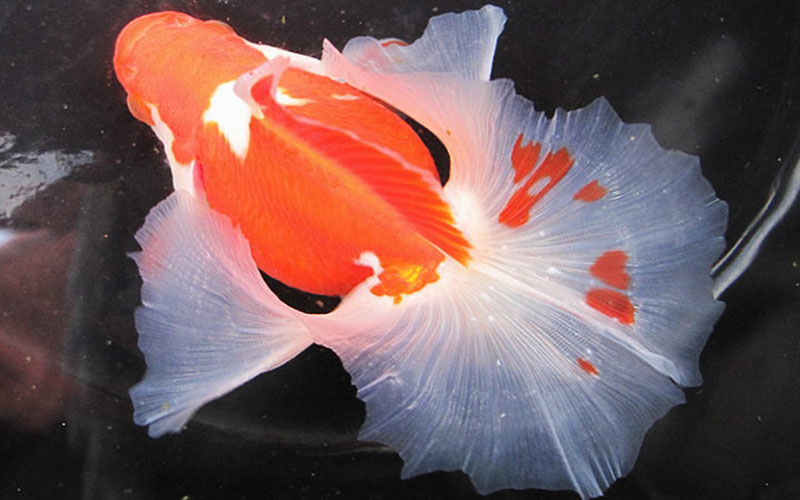
The Tosa goldfish is a goldfish that was shunned from the Ryukin goldfish during the Edo period (1603-1868). It is such a rare goldfish that it was once thought to be extinct. The Tosa goldfish is also known as the Tosa goldfish, and is still bred by enthusiasts in Kochi Prefecture. Its body shape is similar to that of the Ryukin, but it has a unique slender tail.Designated as a natural treasure by Kochi Prefecture, it is a difficult variety to obtain.Breeding and propagation are also very difficult.
The Tosa goldfish is a representative domestic goldfish produced in Kochi Prefecture and is a natural treasure of Kochi Prefecture. Its most distinctive feature is its uniquely shaped tail fins. In this article, we would like to explain in detail the characteristics of the Tosa goldfish and how to keep it. What is Tosakin? Tosakin is an Osaka [...].
Demekin
What is dekomegane?
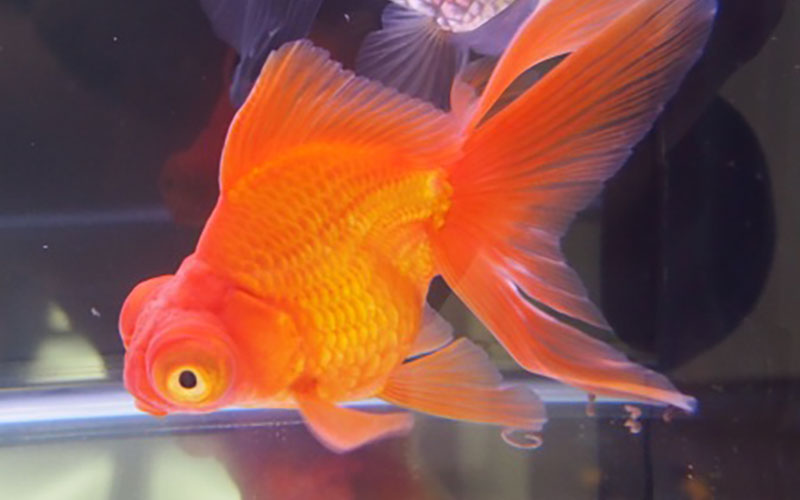
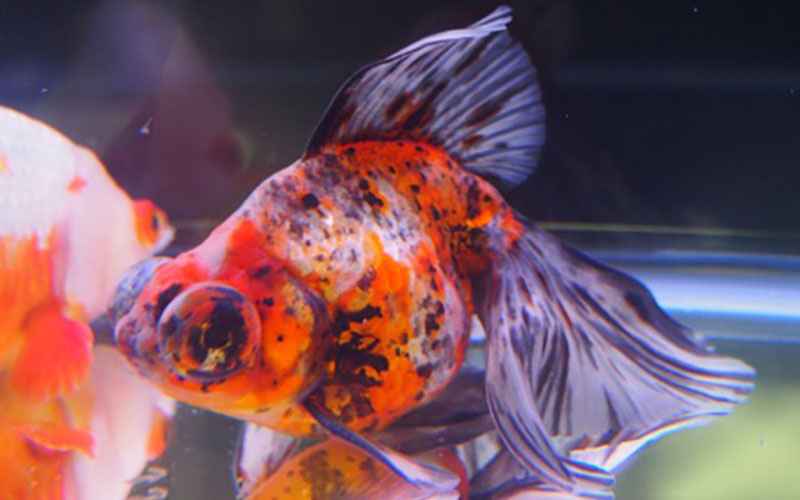
Some of you may have seen dekomegane at goldfish scooping events. It is said to have come from China in the Meiji period (1868-1912). Its body shape and tail fins are similar to those of the Ryukin. And,As indicated by the name, the eyes are large and protrude to the sides, which is a major characteristic.Degemekins are called differently depending on the color of their bodies. Black dekomegins are called kurodeme, red dekomegins are called akademe, and others are called sanshoku dekomegins. The original dekomekin is the red dekomekin, but the black dekomekin is more valuable and easier to obtain. Although they are easy to keep, you should be careful not to keep them with other types of goldfish, as their eyes are more likely to be damaged.
As its name suggests, the deme-kin is a goldfish with its left and right eyes popping out. It is one of the most well-known goldfish, but few people know that it is an attractive goldfish with a variety of body colors. In this article, we would like to explain in detail the characteristics of the deme goldfish and how to keep it [...].
The butterfly tail is different from that of the normal dekomegane in that it has a tail fin that looks like a swallowtail butterfly with its wings spread. The beauty of the butterfly tail is different from that of other tail fins. In this article, I would like to explain in detail the characteristics of the butterfly tail dekomekin and how to keep it [...].
Wolan lion's head (Holland lion's head)
What is the Woran Shishito?
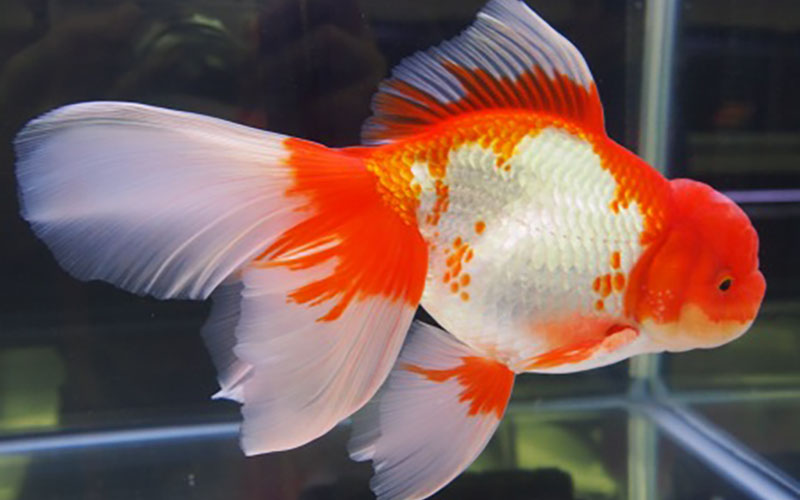
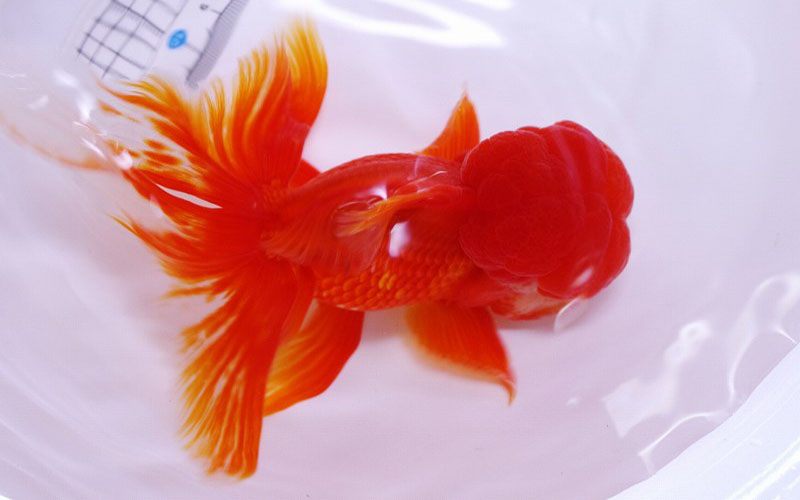
The Woran lion head is said to be a mutation of Ryukin.The name "Holland" was derived from the word "Holland," meaning "foreign-born" at that time, as it was introduced from China through Dejima Island in Nagasaki.The distinctive feature of the orchid lion's head is the nictitating flesh on the head. The head swells and the three or four tail fins extend as long as the body length. It is easy to obtain and not too difficult to keep.
The orchid lionhead is a goldfish characterized by its caudal fin and head mass. It is a goldfish that can be kept in a variety of ways depending on its body color, the size of the fleshy mass on its head, and the way its tail fin spreads. In this article, we would like to explain in detail the characteristics of the Woran Shishigashira and how to keep it. What is the Woran lionfish [...]
The hana-busa is a goldfish in which the nuchal folds of the nose become enlarged and develop into large clusters. Although it has a greater impact than other goldfish, it is not well known. In this article, I would like to explain in detail the characteristics of the hana-busa and how to keep it. Hanabusa and [...].
Azumanishiki
What is Azuma Nishiki?


Higashinishiki is,It is from Japan and was created by crossing a Japanese orchid lion's head with a tricolor demegumekin.Its body shape and other features are similar to those of the Woran lionhead, but its body colors are red, white, black, etc., like those of the tricolor dimegane. It is not difficult to obtain, but a little difficult to keep.
The Azuma Nishiki has the same body shape as the Orchid Lion's Head, but it is a goldfish with three different colors (calico). It is a goldfish with a different charm and enjoyment than the Woran Shishito, and each goldfish has its own personality. In this article, I would like to explain in detail the characteristics of the Azuma Nishiki and how to keep it. What is Azuma Nishiki [...]
Japanese crane (Grus japonensis)
What is Tancho?
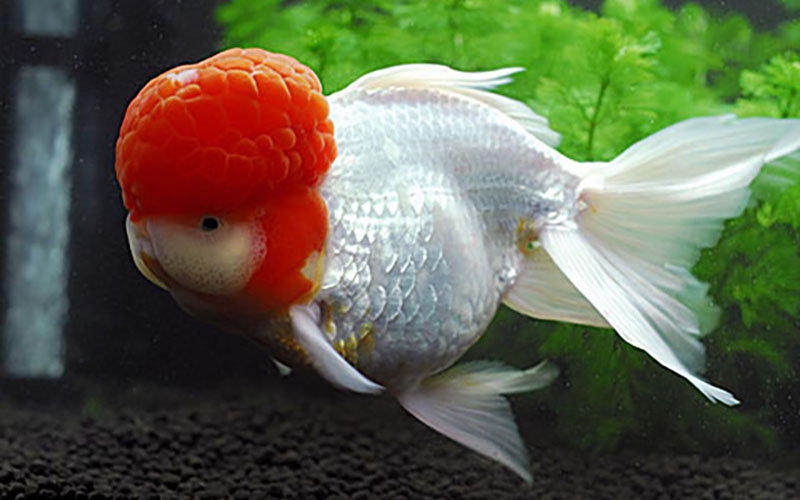
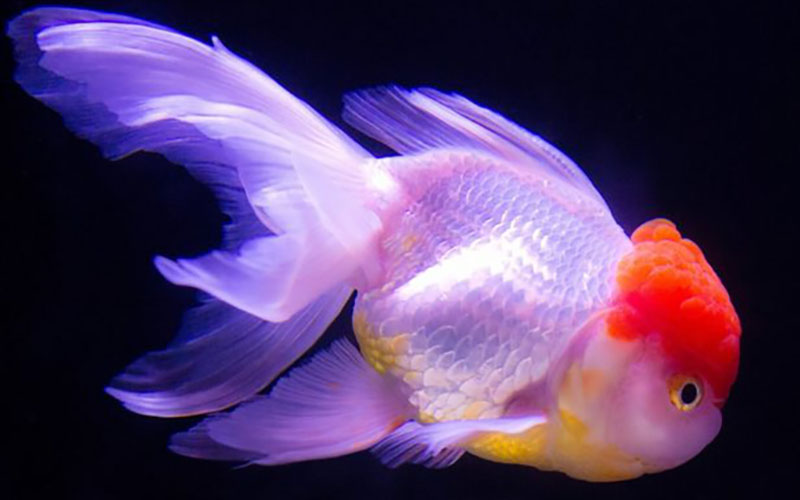
The Tantyo is a goldfish that came from China. Its body shape is similar to that of the Woran lionhead and the eastern brocade, though,It is characterized by the reddish color of the head mass and the white color of the body.This feature resembles the red-crowned crane, hence the name "tancho. Some individuals lack a dorsal fin, and this type is sometimes referred to as a "red-headed fish. It is not very difficult to obtain and keep.
Tantyo is a goldfish with the same body shape as the Woran lionhead, but it has a unique body color in which only the fleshy part on top of the head is red and the rest of the body is white. The beauty of the balance between the red part of the head and the white part of the body differs greatly from that of other goldfish. In this article, we will explain in detail the characteristics of the tancho and how to keep it [...].
Blue-spotted char (Salvelinus leucomaenis)
What is a blue-banded fish?
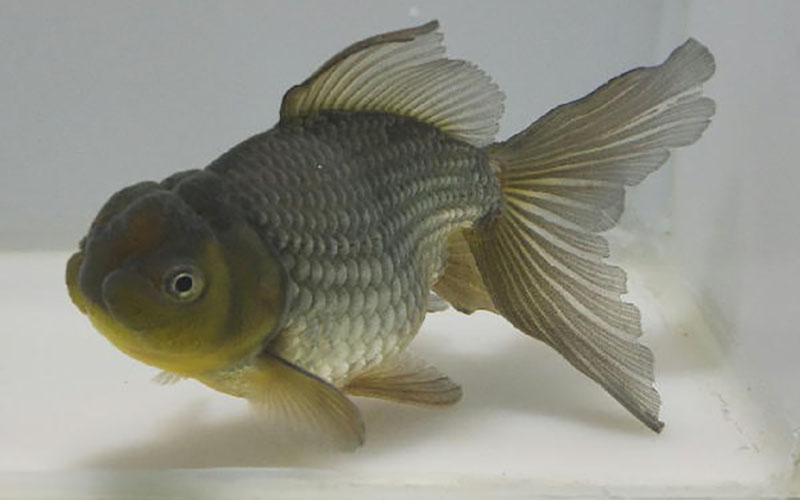
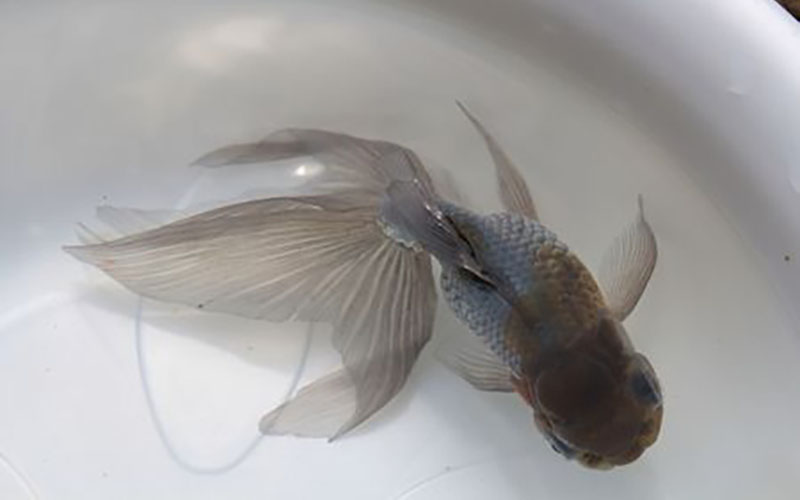
The blue-bellied fish is a goldfish that came from China. It has a fleshy head, and its body shape is similar to that of the Woran lionhead.Body color is pale black with bluish tints.It is sometimes also known as a plumage. They are difficult to obtain, but not too difficult to keep.
The blue-bun fish is a goldfish with a blue-gray body color with bluish tints all over. It is no exaggeration to say that it is the one and only color in the goldfish world. In this article, I would like to explain in detail the characteristics of the blue-bun fish and how to keep it. What is the blue-bun fishThe blue-bun fish is a goldfish whose entire body has a bluish [...].
Chakin
What is Chakin?
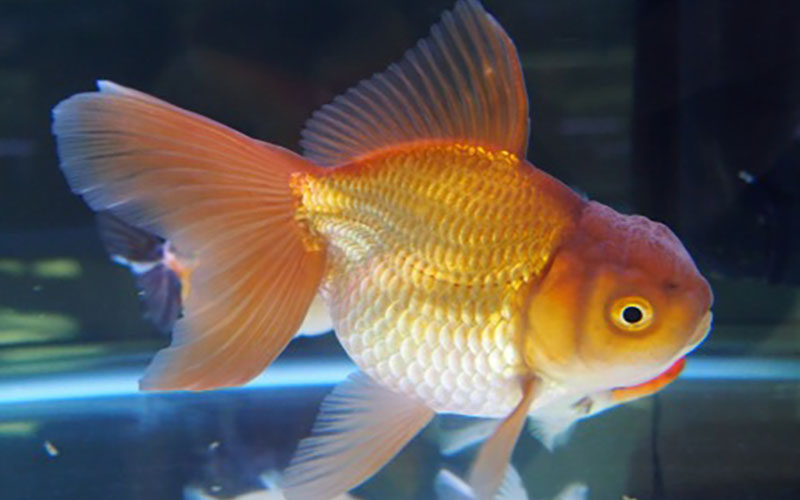

Chakin is a goldfish that came from China. In China, though, it is called the purple fish,Body color is brown or reddish brown, also known as chocolate Dutch.Like the blue-bun fish, some of them do not resemble the color of the goldfish as imagined by the Japanese. In body shape, some resemble the Ryukin, while others resemble the Woran lionhead. The latter is characterized by the presence of a fleshy mass on the head. They are a little more difficult to obtain and less difficult to keep.
Chakin is a very austere goldfish with a brownish-brown body color. Although it is more subdued than other goldfish, it is a very rare color for that reason. In this article, I would like to explain in detail the characteristics of the Chakin and how to keep it. What is the Chakin? The Chakin has a body color [...].
Pearl scale
What is a rare gem scale?


The Pearl Scale is a goldfish that was imported from China after World War II and produced in Japan. It is one of a group commonly called "Chinese goldfish.Scales are scales, each of which is covered with calcareous material and swells to a hemispherical shape, becoming white and pearly.The body shape is similar to that of the Ryukin, but the caudal fin is not as long. It is not very difficult to obtain, but one must be careful when keeping it because the pearly scales do not regrow once they are peeled off.
The Pearlescent Scale is a goldfish with pearly white scales. In addition to its pearly scales, the Pearlescent Scale is a goldfish with many other cute features that allow it to be enjoyed in a variety of ways. In this article, I would like to explain in detail the characteristics of the Pearlescent Scale and how to keep it. What is pearlescale [...].
The Ping Pong Pearl is a goldfish that looks rounded like a ping pong ball used in table tennis. Its body shape makes it popular among women and children, and it is one of the most popular goldfish breeds. In this article, I would like to explain in detail the characteristics of the Ping Pong Pearl and how to keep it. [...].
The pearl scale with well-developed fleshy mass of the high-headed pearl has the fleshy mass seen in Dutch-type goldfish on its head and the scales on its body have beautiful pearly scales. In this article, I would like to explain in detail the characteristics of the Takagashira Pearl and how to keep it. What is a Takagashira Pearl [...].
Hama Nishiki is a fixed goldfish with a blister-shaped head mass from the Takagashira Pearl. The sides of the body have pearls inherited from the Takagashira Pearl, and the head is characterized by a blister-shaped fleshy mass that is divided into two parts. In this article, we will explain in detail the characteristics of the Hama Nishiki and how to keep it [...].
Ranchu
What is Ranchu?
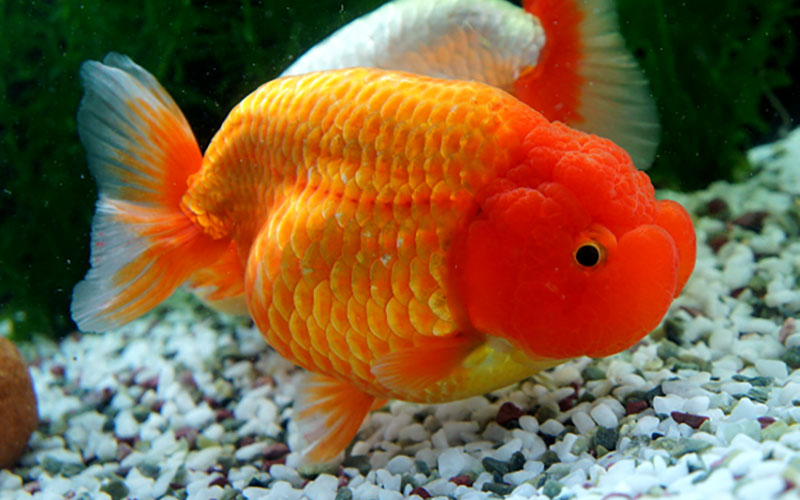

Ranchu came from China during the Edo period (1603-1867) and was later improved in Japan.There are two types of body shape: cylindrical but slightly slender and small (round hand) and rounded and oval (long hand). The lack of a dorsal fin is another characteristic of this species.The head has a nice fleshy mass. Body colors include red, white, and chintz, and all colors have a unique luster. They are often called the "king of goldfish," and there are many goldfish enthusiasts' associations in various regions. It is easy to obtain, but breeding is more difficult.
The Ranchu is a goldfish with a well-developed fleshy head like the Dutch lionhead, but unlike other goldfish, it is unique in that it has no dorsal fin. In this article, we would like to explain in detail the characteristics of the Ranchu and how to keep it. What is Ranchu?
The Osaka Ranchu is one of the oldest classified goldfish in the Ranchu lineage, having its roots in the Maruko (Maruko) as well as the Ranchu and Nankin varieties. In this article, we would like to explain in detail the characteristics of the Osaka Ranchu and how to keep it. What is the Osaka Ranchu [...]?
The Akinishiki does not have a dorsal fin like the Ranchu strain, and the rest of the goldfish inherits the characteristics of the Dutch Shishigashira. In this article, we would like to explain in detail the characteristics of the Akinishiki and how to keep it. What is Akinishiki? Akinishiki, like the Ranchu strain [...]
The Hana without a dorsal fin is born from a cross between the dorsal-finless Dutch Shishigashira and the Osaka Ranchu, and as it grows, its tail fin becomes longer, making it a smart and beautiful goldfish. In this article, we would like to explain in detail the characteristics and how to keep the Hana without clothes. What is a Flowers without a [...]...
The Tsugaru Nishiki has no dorsal fin and its tail fin is long and wide, with little or no head flesh showing. However, the Tsugaru Nishiki is a goldfish that possesses characteristics not found in other breeds. In this article, I would like to explain in detail the characteristics of the Tsugaru Nishiki and how to keep it. What is Tsugaru Nishiki?
The Momiji Ranchu is a mutant of Ranchu with transparent scales and orange-red body color. The Momiji Ranchu has special scales, called "net transparent scales," which are different from normal transparent scales. In this article, we would like to explain in detail the characteristics of Momiji Ranchu and how to keep them. [...].
The lionhead is a representative of the Chinese goldfish breed. It is characterized by the lack of a dorsal fin and abnormally developed meatus, as seen in the Ranchu strain. In this article, I would like to explain in detail the characteristics of the lionhead and how to keep it. Lion [...].
Nanjing
What is Nanjing?
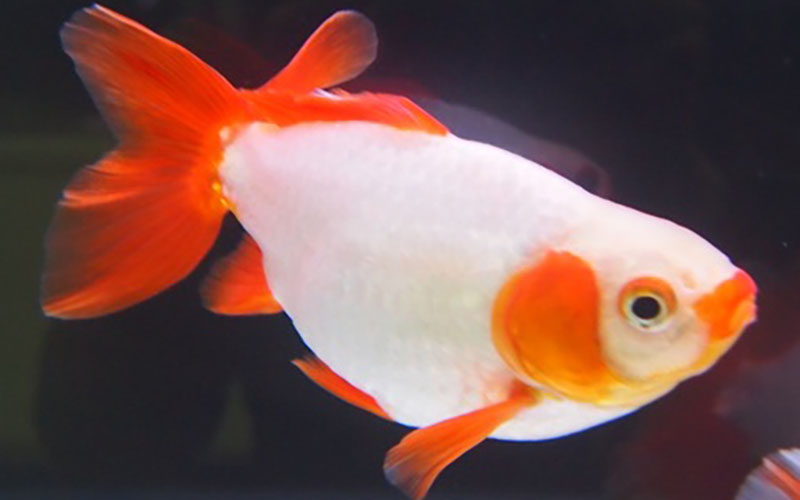
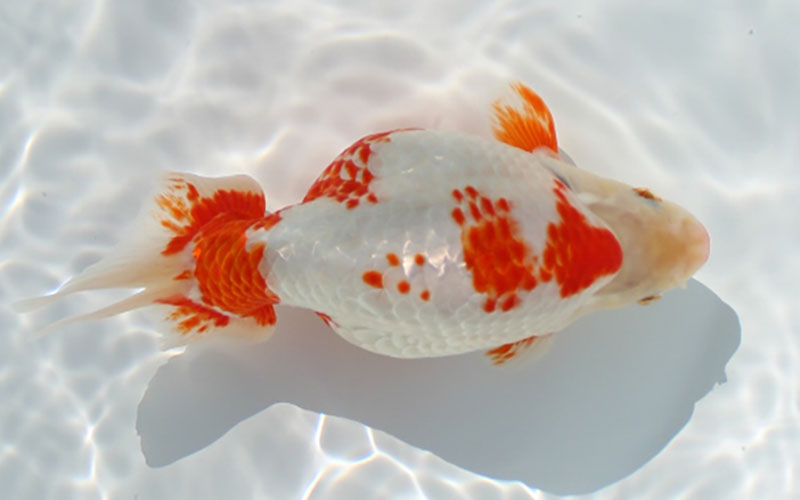
Nankin is a local variant of Ranchu. It is currently preserved in the Izumo region of Shimane Prefecture. It does not have a mass of flesh, and its body color is either white chintz with red on the head and fins, or all white.It is designated as a natural treasure by Shimane Prefecture and is very difficult to obtain.
The Nanjing is a goldfish with the characteristics of the Ranchu, which does not have a dorsal fin and a round belly like the Ranchu, but does not have a head mass. In this article, I would like to explain in detail the characteristics of the Nanjing and how to keep it. What is Nanjing? Nanjing is a goldfish that, like the Ranchu, has no dorsal fin and a rounded abdomen [...].
Edo Nishiki
What is Edo Nishiki?

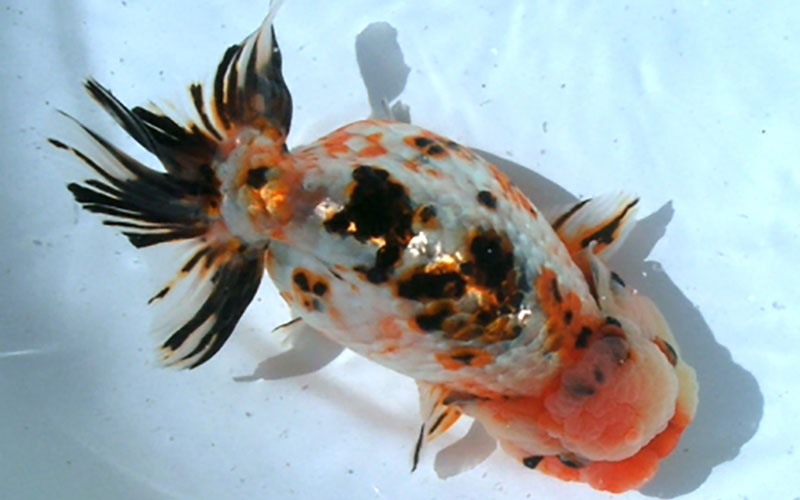
Edo Nishiki is,It was created in Japan by crossing Ranchu and Azuma Nishiki.The body shape is ranchu-shaped with no dorsal fin. Body color can be red, white, or black, like the eastern brook broom. The tail fin is either three-tailed or four-tailed. It is rather difficult to obtain, and like the Ranchu, it is difficult to keep.
The Edo Nishiki is a goldfish characterized by its lack of a dorsal fin like the Ranchu and its rounded belly, but without the mass of flesh on its head. In this article, I would like to explain in detail the characteristics of the Edo Nishiki and how to keep it. What is the Edo NishikiThe Edo Nishiki is a cross between the Ranchu and the Azuma Nishiki and is a fixed [...].
Sakura Nishiki
What is Sakura Nishiki?
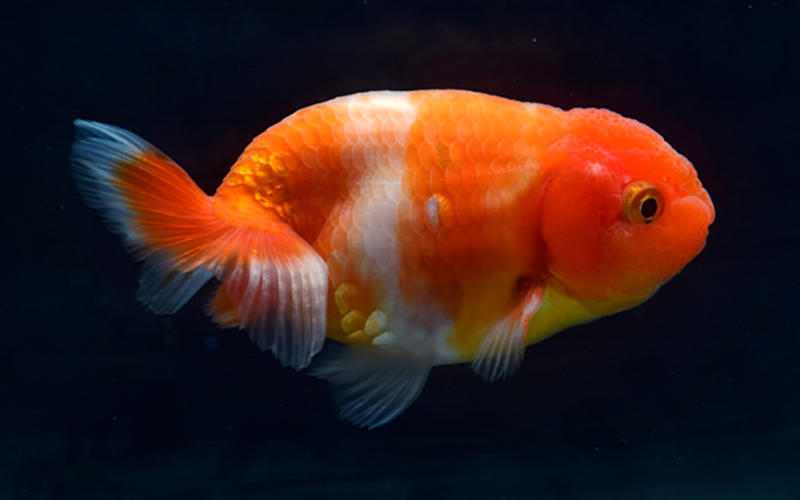

Sakura Nishiki is,It is a fixed variety of Edo Nishiki in Japan that has lost its melanin pigmentation.The body shape is rhanchu-shaped with no dorsal fin. The body color is red and white with mosaic transparent scales, and the entire body is pale pink. It is rather difficult to obtain, and like the ranchu, is highly difficult to keep.
Sakura Nishiki is not so different from Ranchu in body shape, etc., but the major difference between Sakura Nishiki and Ranchu is its red and white chintz scales, which also have the characteristics of mosaic transparent scales. In this article, we would like to explain in detail the characteristics of Sakura Nishiki and how to keep it. What is Sakura Nishiki?
Apex Eye Drops
What is a vertex eye?
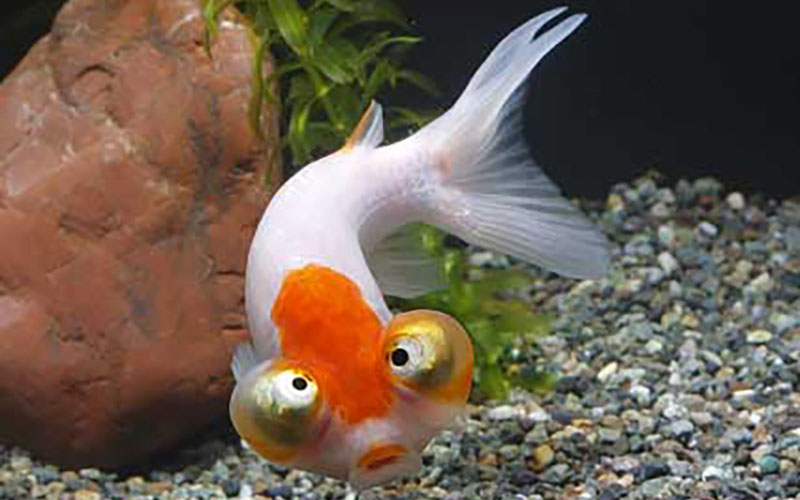
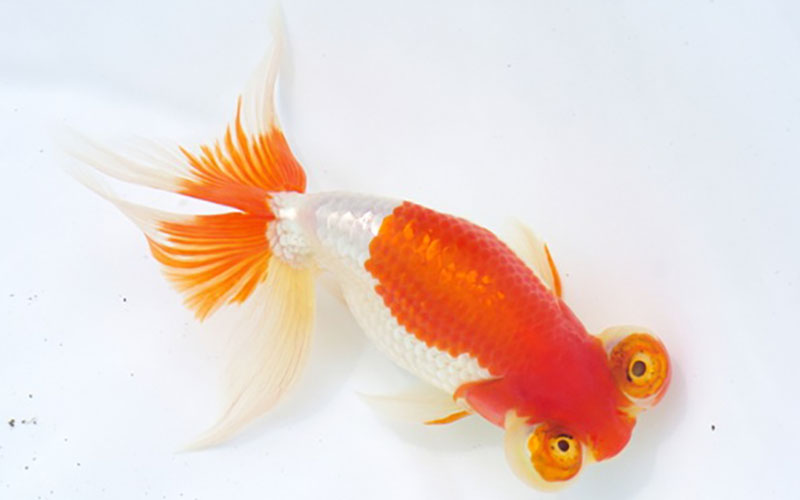
The akadejimekin is a goldfish that came from China. It is a fixed mutation of the red-eyed goldfish.The eyes that pop out are looking straight to the heavens, unlike other dekimekin.The body shape is elongated, tubular, and without a dorsal fin. Body colors include red, golden, and chintz. Like the demerit goldfish, the demerit goldfish is a docile fish that does not swim well, so it always stays still at the bottom of the tank. They are easy to obtain and easy to keep as long as you are careful not to damage their eyes, which are easily damaged.
The apex eye is a goldfish with a dorsal finless feature found in the Ranchu lineage and eyes protruding like those of the Demekkin, but the apex eye has black eyes that point upward (at the apex). In this article, I would like to explain in detail the characteristics of the Apex Eye and how to keep it. What is apex eye and what is apex [...].
Water bubble eyes
What is a blistering eye?

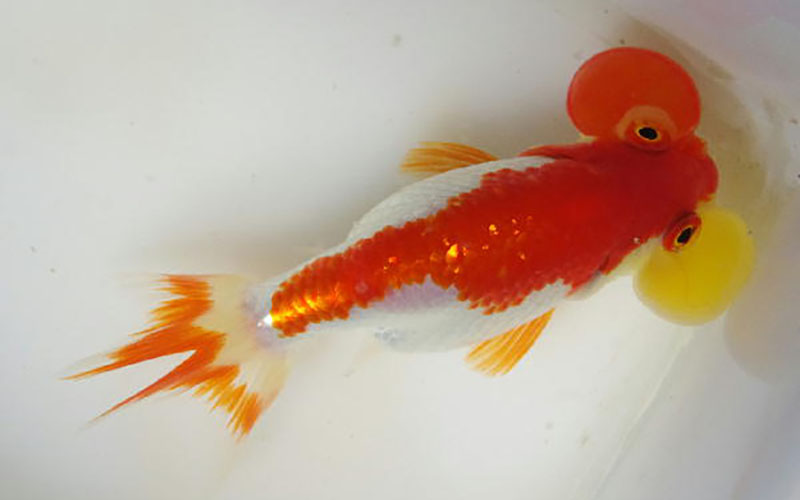
The aquarium eye is a goldfish that came from China.The eyes protrude and look upward because of the large bags of lymphatic fluid hanging under the eyes.Among the many unusual Chinese goldfish, this is the most eye-catching species in terms of strangeness. It is sometimes classified as a "Ryukin-type" goldfish because of its slightly rounded body shape. It has no dorsal fin and a three- or four-tailed tail. They are easy to obtain, but when keeping them, be careful because once the pouch under the eyes is damaged and squeezed, it will never return to its original size.
The aquilepus is a goldfish that has a dorsal finless feature found in the Ranchu lineage, and has a blister-like pouch on the lower part of the eye (around the cheek), which causes the black eye, which is usually attached horizontally, to point upward. This time, I would like to explain in detail the characteristics of the blister eye and how to keep it. [...].

